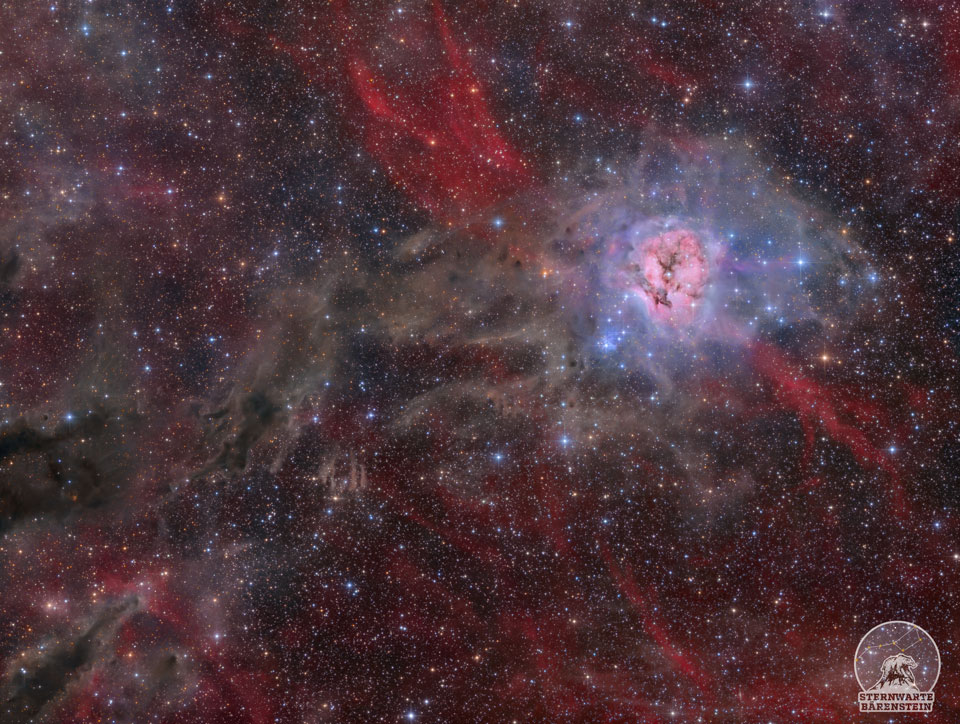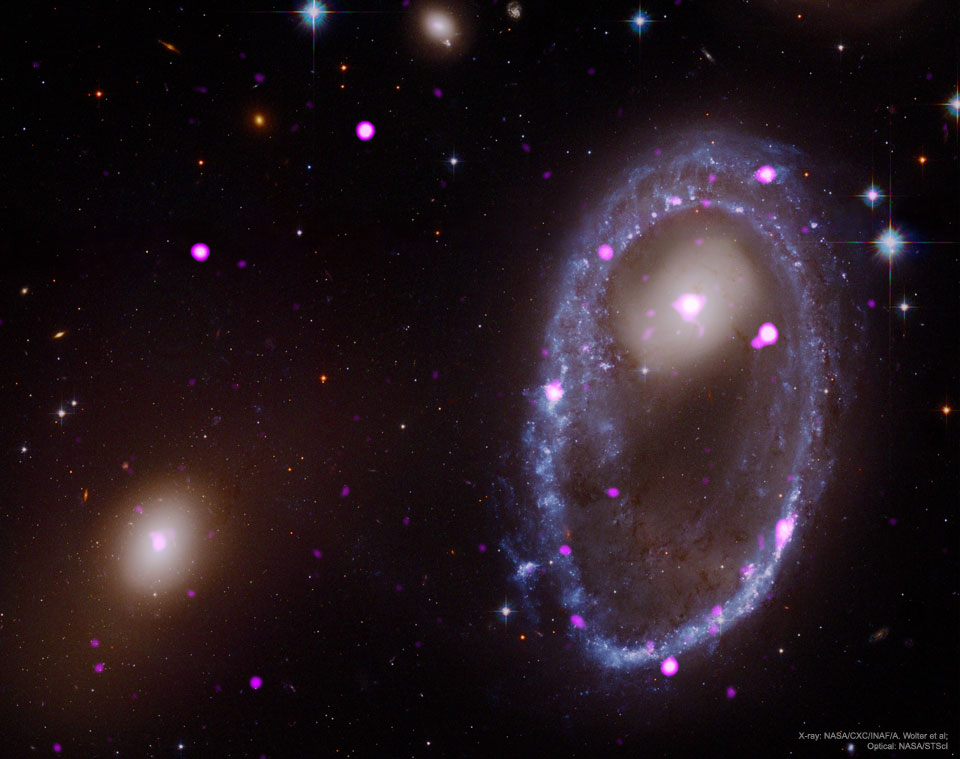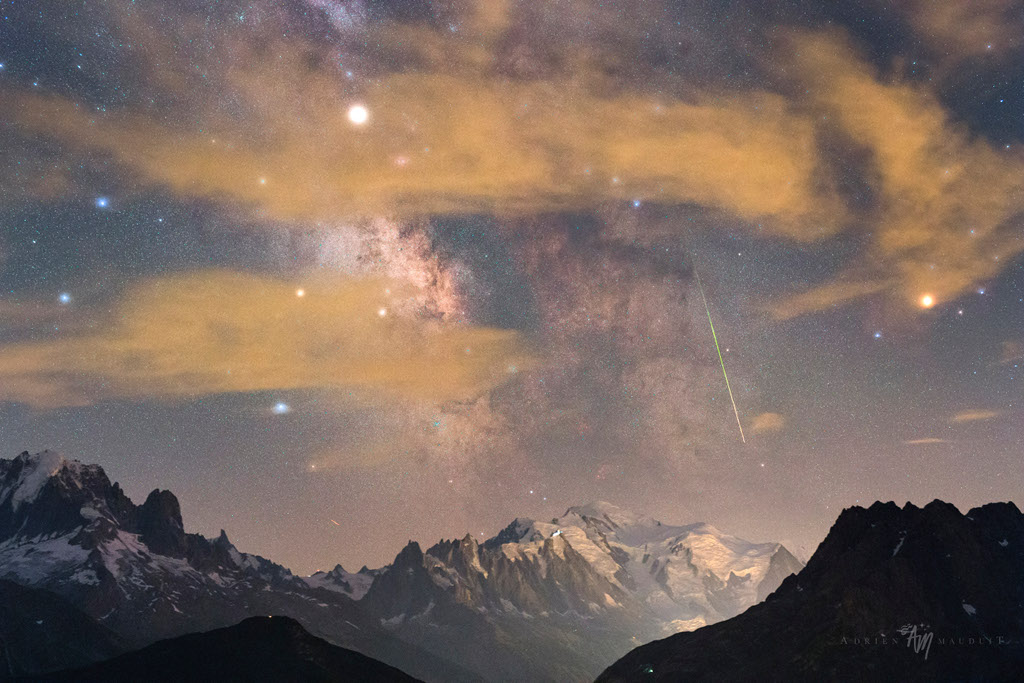
Cocoon Nebula Deep Field



Members of NASA’s New Horizons spacecraft team will host a Science Chat at 1 p.m. EDT Wednesday, Sept. 19, on humanity’s farthest planetary flyby, scheduled to occur Jan. 1 when the spacecraft encounters a mysterious object in the Kuiper Belt nicknamed “Ultima Thule.”
from NASA https://ift.tt/2Qy1eSy
via IFTTT![]()
NASA has named Holly Ridings its new chief flight director, making her the first woman to lead the elite group that directs human spaceflight missions from the Mission Control Center at NASA’s Johnson Space Center in Houston.
from NASA https://ift.tt/2D6Eyq1
via IFTTT![]()

NASA’s Ice, Cloud and land Elevation Satellite-2 (ICESat-2) successfully launched from California at 9:02 a.m. EDT Saturday, embarking on its mission to measure the ice of Earth’s frozen reaches with unprecedented accuracy.
from NASA https://ift.tt/2QxS74c
via IFTTT![]()

NASA Fellowship Activity has awarded fellowships through NASA’s Minority University Research and Education Project (MUREP) and Aeronautics Research Mission Directorate (ARMD) to 12 graduate students totaling $1.9 million to conduct research and contribute directly to NASA’s work and mission.
from NASA https://ift.tt/2CV6zAQ
via IFTTT![]()